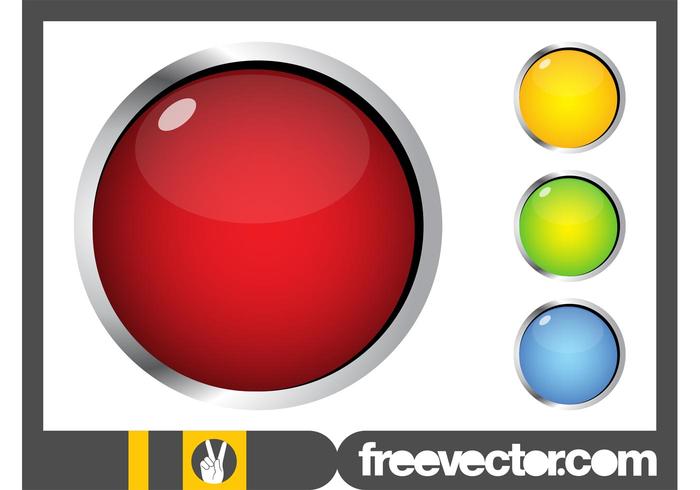
- SHINY APP CHOOSE COLOR UI HOW TO
- SHINY APP CHOOSE COLOR UI INSTALL
- SHINY APP CHOOSE COLOR UI CODE
- SHINY APP CHOOSE COLOR UI PROFESSIONAL
These inputs basically take three key arguments (there are more but I’ll leave you to explore that on your own): the input ID (which we will use later when connecting the server to the UI), the label (the text that gets displayed in the app), and the value(s). For simplicity’s sake, we’ll make the categorical variables a selectInput, which will essentially provide the user with a dropdown menu of choices, and continuous variables a numericInput, which will allow the user to type in a number. Next, let’s start to populate the sidebar interface with the inputs we want the user to be able to choose from these will be the predictor variables in the mtcars dataset. header <- dashboardHeader(title = “Demo Predictor”) We’ll start with the header because it’s the simplest.

With more complicated apps, it’s good practice to specify separate header, sidebar, and body objects. So, for this app, I’m thinking of having the inputs in the sidebar (the black part) and the output in the body (the light blue part). The most minimal example generates the following: ui <- dashboardPage( dashboardHeader(), dashboardSidebar(), dashboardBody() ) server <- function(input, output) shinyApp(ui, server) UI.RĪ dashboard has three parts: a header, a sidebar, and a body. Of course, the predicted mpg is, in of itself, meaningless since the model will have been overfit (we’re predicting on the same dataset for which we built the model), but that’s not our concern for this exercise. The app interface will allow the user to change various inputs, and the output will be a predicted mpg. So, before we move on to the UI and server, let’s talk about what the app we’re building actually will be! We’ll be using the mtcars dataset and building a simple linear regression OLS model to predict mpg or miles per gallon. We’re using shinydashboardbecause it’s a neat package that provides a clean interface to present data and plots. The main libraries that we’re going to be concerned with for the time being are shiny and shinydashboard.
SHINY APP CHOOSE COLOR UI INSTALL
When you first install the shiny package and restart your RStudio workspace, you will see an option to initialize a shiny web app as so: So, for this article, bear with me, and it’ll take some effort on your part to look up any terms or concepts that I don’t explain comprehensively. I won’t go into too much detail about Shiny theory or some of the more complicated under-the-hood components of Shiny but a great resource is Hadley Wickham’s ongoing online textbook. My philosophy is once you begin doing something, you’ll be able to 1) be proud of something advanced that you’ve done and 2) later fill in the details.
SHINY APP CHOOSE COLOR UI PROFESSIONAL
The motivation behind going straight into a more professional app as opposed to starting off with the boilerplate Shiny example is because the road to doing is often prolonged by theory and intermediate detours that may demotivate you. And each step, if you’re curious, you can google more about it, and I think that’s one of the best ways to learn. It’s my hope that right off the bat, you will be able to produce a clean and high-quality app by following the steps in this article.
SHINY APP CHOOSE COLOR UI CODE
So, this article aims to provide some baseline code and Shiny concepts to begin making a professional-looking Shiny app. However, with access to so many tools, it can be overwhelming. That being said, if you do want to get deeper into app development, learning HTML, CSS, and Javascript will increase your ability to do more powerful things and have more control over the app development process. For those who haven’t heard of Shiny before, it’s a package that allows you to create web applications using R without needing to know any HTML, CSS, or Javascript.


SHINY APP CHOOSE COLOR UI HOW TO
This article is aimed towards people who have experience with R (ideally the tidyverse) and want to learn how to start making Shiny apps. showNotification: Show or remove a notification A string which controls the color of the notification.A Step-by-step Example Using mtcars Introduction These functions show and remove notifications in a Shiny application. shinytoastr - Notifications in Shiny, via Parks locations and weather using user input. colourpicker - Colour picker widget that interactive timeline visualizations in R. Number of seconds to display the message before it disappears.Ĭontribute to grabear/awesome-rshiny development by creating an account on JavaScript operations in shiny via R code. This is separate from ui so customized layouts can handle the main notification content separately from action content. For example, this could be a link that the user can click on. Show or remove a notification Message content that represents an action.


 0 kommentar(er)
0 kommentar(er)
